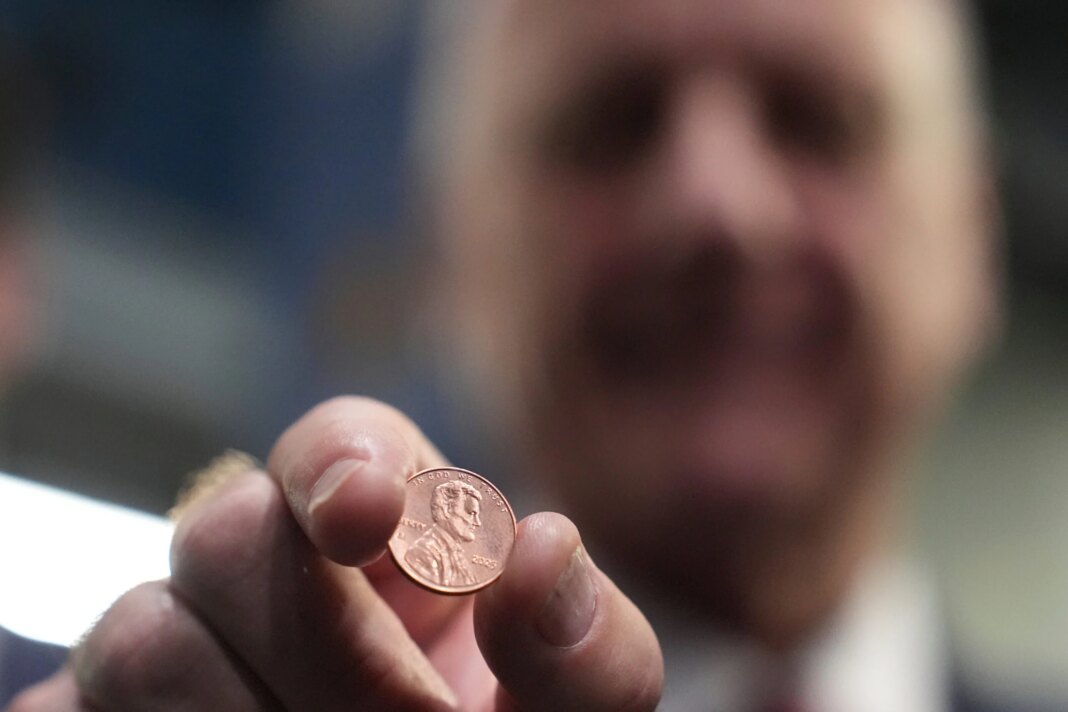The End of an Era: U.S. Production of the Penny Ceases
In a significant turn of events, the U.S. Mint officially ended the production of the penny on Wednesday, marking the conclusion of a 230-year chapter in American currency history. This decision, prompted by the rising costs associated with penny production, signals a broader shift in how America views its monetary values in an increasingly digital and cashless economy.
A Historical Perspective
The penny, first introduced in 1793, once had genuine purchasing power. At that time, a single penny could get you a biscuit, a candle, or a piece of candy. Fast forward to today, and the penny’s value has dwindled to a point where it’s often cast aside, gathering dust in jars or junk drawers. In fact, the production cost for each penny has surged to nearly 4 cents, leading to financial strain on taxpayers and prompting the move to halt its minting.
Cost Savings and Economic Implications
Treasurer Brandon Beach heralded the decision as a victory for taxpayers, proclaiming, “God bless America, and we’re going to save the taxpayers $56 million,” during a ceremony at the U.S. Mint in Philadelphia. With the last batch of pennies struck, many were set aside for auction, symbolizing the end of this humble yet historically rich currency.
Interestingly, while production may have ceased, billions of pennies will remain in circulation and continue to be legal tender for transactions. This duality raises questions about how businesses and consumers will adapt to a penny-less future.
Sentimental Value Meets Practicality
Despite its obsolescence, many Americans maintain a sentimental attachment to the penny. Some view it as a symbol of luck or enjoy collecting them, making the end of penny production a bittersweet moment for numerous individuals. Retailers, too, expressed concerns over the abruptness of the penny’s phaseout, some even struggling to adapt their pricing strategies in a world suddenly devoid of 1-cent coins. For example, some businesses rounded prices to avoid inconveniencing shoppers, while others offered creative incentives, such as free drinks, to encourage customers to part with their piles of pennies.
A Unique Moment in Minting History
The emotional atmosphere at the Mint during its final penny production mirrored a farewell to an old friend. Workers stood silently as the last coins were minted, before erupting into applause, highlighting the significance of this moment. “It’s an emotional day,” reflected Clayton Crotty, a Mint employee of 15 years. “But it’s not unexpected.”
The Political Push and Economic Rationale
The move to discontinue the penny isn’t without its historical context. Former President Donald Trump, in a public statement, had called for the penny’s demise due to the disproportionate costs associated with its production. Citing that “the United States has minted pennies which literally cost us more than 2 cents,” he emphasized the need for economic reform in regard to minor denominations.
International Trends
The debate over the penny isn’t unique to the United States. Other countries, like Canada, have previously eliminated their 1-cent coins, finding similar cost-saving and efficiency advantages. Proponents of ending the penny’s production argue that it not only cuts costs but also speeds up transactions, making the checkout process smoother and less cumbersome for retailers and customers alike.
A Rationale behind Rationing
As the end of penny production loomed, some banks began rationing supplies, ultimately adding to the tension surrounding this transition. With the Mint having produced nearly half a century’s worth of pennies, the sudden halt brought about both excitement and concern for how this would affect everyday financial dealings in stores and markets.
The Numismatic Perspective
For collectors and historians, the penny still holds a significant place in America’s cultural heritage. They serve as more than mere currency; they are markers of the nation’s social values and ideals, reflecting its evolution over time. Frank Holt, an emeritus professor at the University of Houston, poignantly remarked on the loss of this familiar coinage, suggesting that pennies encapsulate essential aspects of the American identity — from politics and religion to art and aspirations.
As America transitions into this new phase of currency, the departure of the penny reflects larger changes in society’s relationship with money itself. The journey forward may be fraught with nostalgia, but it also opens new avenues for financial practices in an evolving economy.



